CN7026 Cloud Computing Assignment Sample
Introduction
In this work, we offer a cloud-based architecture for a healthcare data repository that takes into account information-systems modelling approaches as well as current national legislation limits in order to be successfully implemented. Patients’ medical records are a very significant source of information when it comes to accurately diagnosing and selecting the best suitable treatment plan for each individual patient.
Database systems for storing and retrieving a patient’s medical information have existed since the dawn of computing technology for health GP’s. Most of the time, these systems were installed at a single healthcare facility, which set several constraints on the security and accessibility of the information kept, as well as the capacity to share information with other clinics. Fortunately, the standardisation of medical information exchange in Poland, combined with the growth in cloud computing, has made these initiatives significantly more feasible in recent years.
Together, these developments have opened up entirely new avenues for the establishment of clinical data repositories in healthcare settings. It is noteworthy that, despite the fact that similar studies are being carried out in Europe and elsewhere, no study has been undertaken in Poland on the practical issues related with the use of clinical-documentation(health practitioner ) repositories( Kumar,2021).
Project Planning
Several current systems have raised concerns regarding their security, which is a major source of worry. As a result of the need for keeping sensitive personal information about workers and employers in the Project Management System, several aspects of the previous system, which relied on an Excel sheet to manage projects, could not offer enough security assurances.
It is now quite simple for attackers to get all of the personal information from an existing programme as a result of the widespread usage of new hacking methods; on the other hand, the present system continues to rely on antiquated and conventional technology.
Because the present system is still being built using old conventional programming languages, it is not always compatible with the most modern technology. Consequently, it does not always match the needs and expectations of consumers who demand their applications to be linked with cutting-edge technological platforms. Since a result of the use of outmoded technologies, it becomes wasteful to maintain information on thousands of workers and employers, as there are no optimization alternatives available when traditional technology is used.
Data Repository
To overcome this gap, an adaptable and multivariant cloud-based clinical data repository architecture has been suggested, and work on this project is now in its early phases of development. When we were designing our system architectural design, we set a goal for ourselves of being able to deploy systems that were cloud-agnostic, could make use of certain cloud services, and could even be localizable in some instances.
Apart from ensuring maximum uptime and scaling capacity as well as data sharing between medical institutions, the newly constructed system will enable breakthroughs in medical operations for the entire Polish population through use of cloud computing services, which will be made possible through the use of cloud computing infrastructure (Dash,2021).
Key characteristics of the system
Design requirement and effectiveness
In order to ensure effective integration of information technology systems, whether at the regional or national level, cloud computing is required. Businesses wanting to reach huge markets, on the other hand, are increasingly turning to cloud service providers, who not only supply the most up-to-date information technology but also enable them to pay as they go, according to their needs. Government organisations with big resources continue to rely on proprietary data processing centres as a standard operating procedure. Because cloud computing services have no entry barrier, the cost of using cloud computing services is decided by how much of the cloud service provider’s services you use.
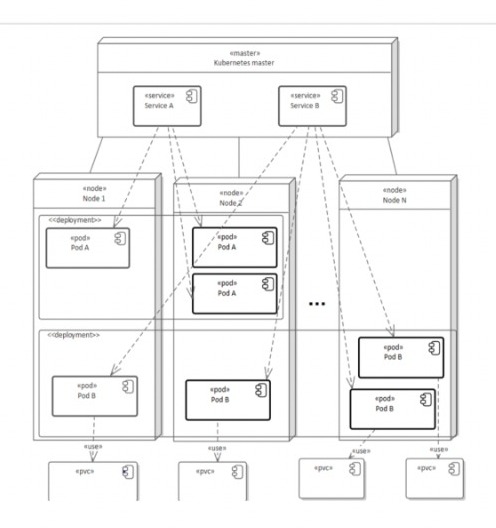
Cloud solution and Implementation
Data design
It was judged that Poland’s health-care practitioners were in the minority when it was determined that they could only access patients’ medical records if they had been kept on paper by the patient’s family members (or at the very least, partly electronic). A number of changes in Poland’s political and legal environment have laid the groundwork for the widespread digitization of medical information in the nation, which is likely to occur within a very short period of time.
It has been explored in a number of European countries, including Austria, Norway , and other countries throughout the world, including Taiwan [8, Nigeria 9, Pakistan, in order to analyse the practical elements of creating clinical documentation repositories. However, despite the fact that no such research have been completed in the nation, to the best of the authors’ knowledge, no analogous investigations have been carried out anyplace else in the globe as of yet. For clinical data repositories, this research proposes a flexible cloud-based architecture that might be used to bridge the gap between existing technological capabilities and future needs, according to the Beredimas (2022).
Cloud Structure
The adoption of new Polish laws and organisational structures is the subject of this article, which presents a variety of cloud-based possibilities for a clinical data repository system that take these concerns and other factors into account, among other things.
As a direct result of this, we were able to create a system architecture that allowed us to deploy systems that were cloud-agnostic, needed just a limited number of carefully chosen cloud services, or even functioned entirely on-premises. We were successful in our endeavours. Hundreds of medical clinics in Poland are using clinical decision support (CDR) systems that are based on it, either via the use of a SaaS solution supplied by GCP for small clinics or through the use of on-premises programmes installed in hospitals as illustrated in the image below.( Nana,2021)
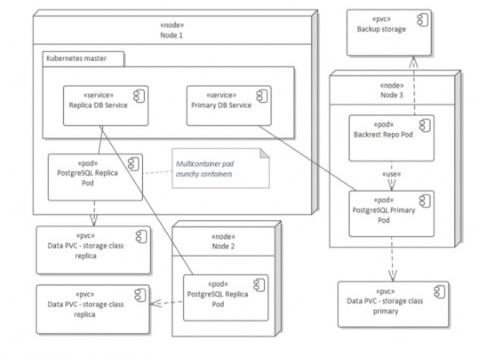
Requirements Gathering
As a doctor, what are the advantages of adopting a cloud-based system for clinical recording, and why should you even consider doing so in the first place, are important questions to ponder. After that, we’ll go through some of the features of the system in issue that must be taken into consideration in order to reap the most benefits from cloud computing services.
Our services are being used by more individuals, therefore what steps can we take to prepare for an increase in workload as a consequence of this growth? The purpose of this research was to provide responses to a broad variety of questions that had been presented by the participants (Awotunde,2021).
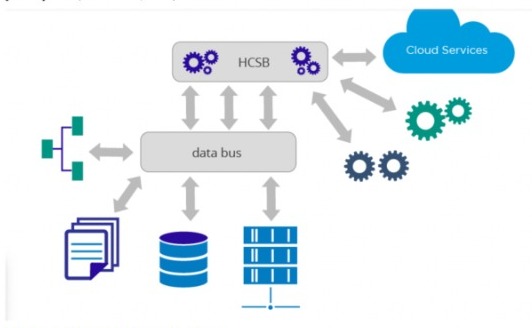
Choice of type of cloud platform
Sections 1 through 3 will provide an overview of the general structure of this GP system : In the Related Works section, you’ll find detailed information on research into the standardisation of medical documentation reporting, as well as information on the relevance of cloud computing in the development of systems for whole societies, particularly in the area of healthcare, as well as information on the future of cloud computing. It is possible to construct a national clinical data repository in Poland after the development of the organisational and legislative frameworks described in the Materials and Methods part of this report
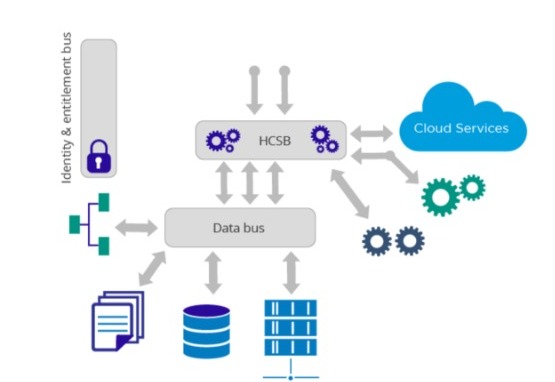
.
Choice of data centre (location) and standards (compliance)
As an added bonus, the software’s needs and prerequisites for execution are summarised in a streamlined manner. In the Results section, it is explained how it fits the standards that were previously set while also meeting the criteria of sustainable-development paradigms, as seen in the Figure.
Detailed information on the system design that has been suggested may be found in the Results part of this report. In spite of the fact that cloud implementations of the proposed system have significant limitations, which are discussed in further detail below in the Discussion section, the company continues to do so. Finally, but probably not least, the future research directions are thoroughly covered.
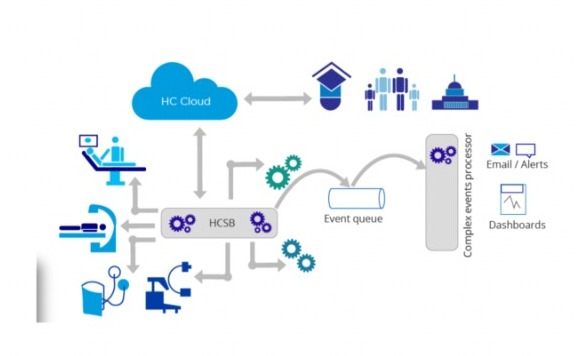
Cloud System Architecture developed to solve the problem
It has been said that the HL7 standard is “the nonstandard standard” when it comes to health-care information technology. This nomenclature, it has been determined, illustrates how wide and thorough the standard’s approach to interoperability is, and that it is not confined to any single information technology system, programming language, or other comparable construct.
Health Level Seven (HL7) is a standard for the transmission of healthcare information that is extensively utilised in the United States of America, particularly in the medical field. According to the organisation, more over 90 percent of the country’s hospitals and medical institutes are equipped with it. a There are a number of other nations working hard to establish a precedent in this area as well (Kukhtevich,2021).
- Initial reactions to the standard were negative, with medical information technology system providers expressing indifference in the document’s content.
- Members of the HL7 organisation have noted that the standard does not have to be fully implemented in order to cut interface development costs by a substantial amount. For the great majority of systems, defining just 80 percent of the system interface in line with industry standards is sufficient; the remaining 20 percent of the interface may be used for more specialised system activities.
- Because of the successful completion of this work, medical device manufacturers have shown a higher interest in the standard than they had before.
Implementation using any cloud platform
A basic set of rules for the implementation of medical systems is provided by the standard, despite the fact that it offers no particular suggestions on how such systems should be implemented. It is a given conclusion today that future systems that are HL7-compliant will be incompatible with one another. Another possibility for addressing this issue in the future is via the use of HL7 interface engines, which are specialised systems that serve as mediators between various systems.
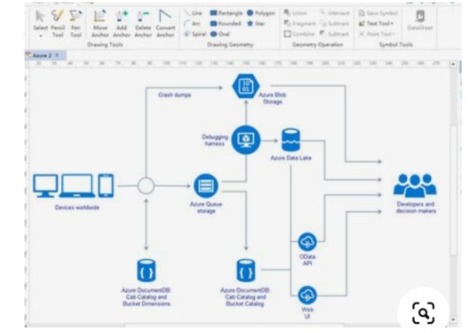
As a general rule, the vast majority of HL7 standards are made freely available to anybody and everyone who is interested in putting their requirements into action by putting them into practise via implementation.
In terms of medical information sharing standards, the Health Level Seven (HL7) standard appears to be the most mature technique currently available; however, even the most brilliant concepts will fail to function properly unless they are developed and implemented on a reliable runtime infrastructure.
Costing
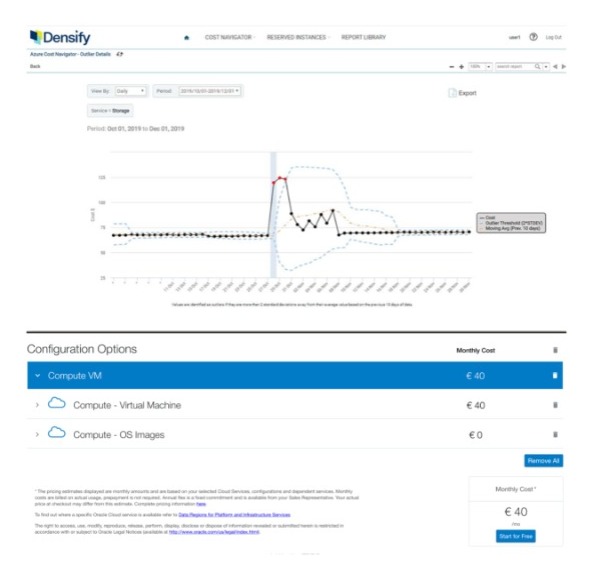
Analysis and reflection
Researchers from all around the world have been looking into how cloud computing may be used to improve the administration of medical information for some years, and the results have been positive so far. The utilisation of cloud computing and big data analytics, according to a new study,
may be utilised to improve the monitoring and management capabilities of electronic health records. Combine these two technologies into a single architectural solution known as the “cloud-based electronic health recordCEHR,” which is a shorthand for “cloud-based electronic health record.”
In the study, a novel approach to constructing a personal health record system based on cloud technologies is offered, which takes use of mobile devices to enable dynamic development of clinical document architecture. In accordance with the study’s results (CDA). In accordance with the CDA specification,
it is feasible to create a clinical decision support system that evaluates current health in respect to important diseases that exist at the time of installation. To be effective in their respective disciplines, Knaup et al. (2021) argue that clinical documentation repositories must communicate with one another and be compatible with one another’s data. In addition, the well-established foundations of document transmission are covered in detail, having been carefully examined and analysed in depth.
Summary
Similarly, in another study , the authors explore the advantages of storing medical data in cloud computing services, as well as the hazards involved with doing so. Personal health information may now be organised and made accessible via the use of meta-data, which has made it possible in the past. The cloud may also be used to store personal health information.
This makes it easier for caregivers to access and collaborate on evidence-based therapy and care continuity programmes. In the event of a medical emergency, the only persons who will be allowed to access critical medical information will be licenced caregivers who have current licence numbers on their person. This includes any medications you are currently taking and any allergies you may have.
References
Awotunde, J.B., Bhoi, A.K. and Barsocchi, P., 2021. Hybrid cloud/fog environment for healthcare: An exploratory study, opportunities, challenges, and future prospects. In Hybrid Artificial Intelligence and IoT in Healthcare (pp. 1-20). Springer, Singapore.
Beredimas, N., Maglaveras, N. and Trajkovik, V., 2022. Integration of IoMT Sensors’ Data from Mobile Applications into Cloud Based Personal Health Record. In ICT Innovations 2021. Digital Transformation: 13th International Conference, ICT Innovations 2021, Virtual Event, September 27–28, 2021, Revised Selected Papers (p. 175). Springer Nature.
Chomutare, T., Yigzaw, K.Y., Olabarriaga, S.D., Makhlysheva, A., de Oliveira, M.T., Silsand, L., Krefting, D., Penzel, T., Hillen, C. and Bellika, J.G., 2021, March. Healthcare and data privacy requirements for e-health cloud: A qualitative analysis of clinician perspectives. In 2020 IEEE International Conference on E-health Networking, Application & Services (HEALTHCOM) (pp. 1-8). IEEE.
Dash, S., Pani, S.K., Abraham, A. and Liang, Y., 2021. Advanced Soft Computing Techniques in Data Science, IoT and Cloud Computing. Springer International Publishing AG.
Ishaq, A., Qadeer, B., Shah, M.A. and Bari, N., 2021, September. A Comparative study on Securing Electronic Health Records (EHR) in Cloud Computing. In 2021 26th International Conference on Automation and Computing (ICAC) (pp. 1-7). IEEE.
Kukhtevich, I., Goryunova, V. and Goryunova, T., 2021, June. Aspects of Using Intelligent Cloud Technologies in Professional Training of General Practitioners. In 2021 1st International Conference on Technology Enhanced Learning in Higher Education (TELE) (pp. 53-57). IEEE.
Kumar, P., Gupta, G.P. and Tripathi, R., 2021. An ensemble learning and fog-cloud architecture-driven cyber-attack detection framework for IoMT networks. Computer Communications, 166, pp.110-124.
Nana, H. and Yuanyuan, Y., 2021, April. An Integrative and Privacy Preserving-Based Medical Cloud Platform. In 2021 IEEE 6th International Conference on Cloud Computing and Big Data Analytics (ICCCBDA) (pp. 411-414). IEEE.
Sharma, P., Moparthi, N.R., Namasudra, S., Shanmuganathan, V. and Hsu, C.H., 2021. Blockchain‐based IoT architecture to secure healthcare system using identity‐based encryption. Expert Systems, p.e12915.
24/7 Chat Support | Get A+ Grade | Written by Top-Notch Subject Experts | 20% Off 1st Order |
Know more about UniqueSubmission’s other writing services:

